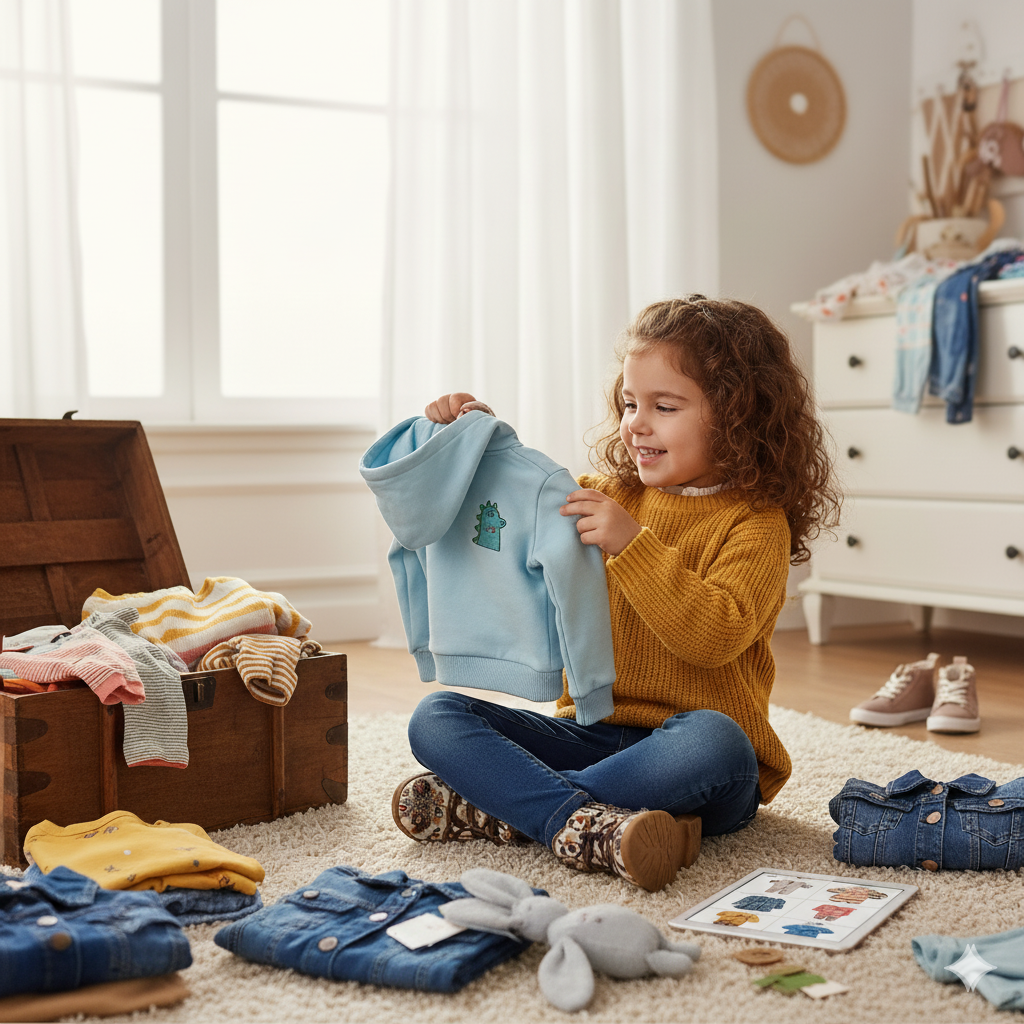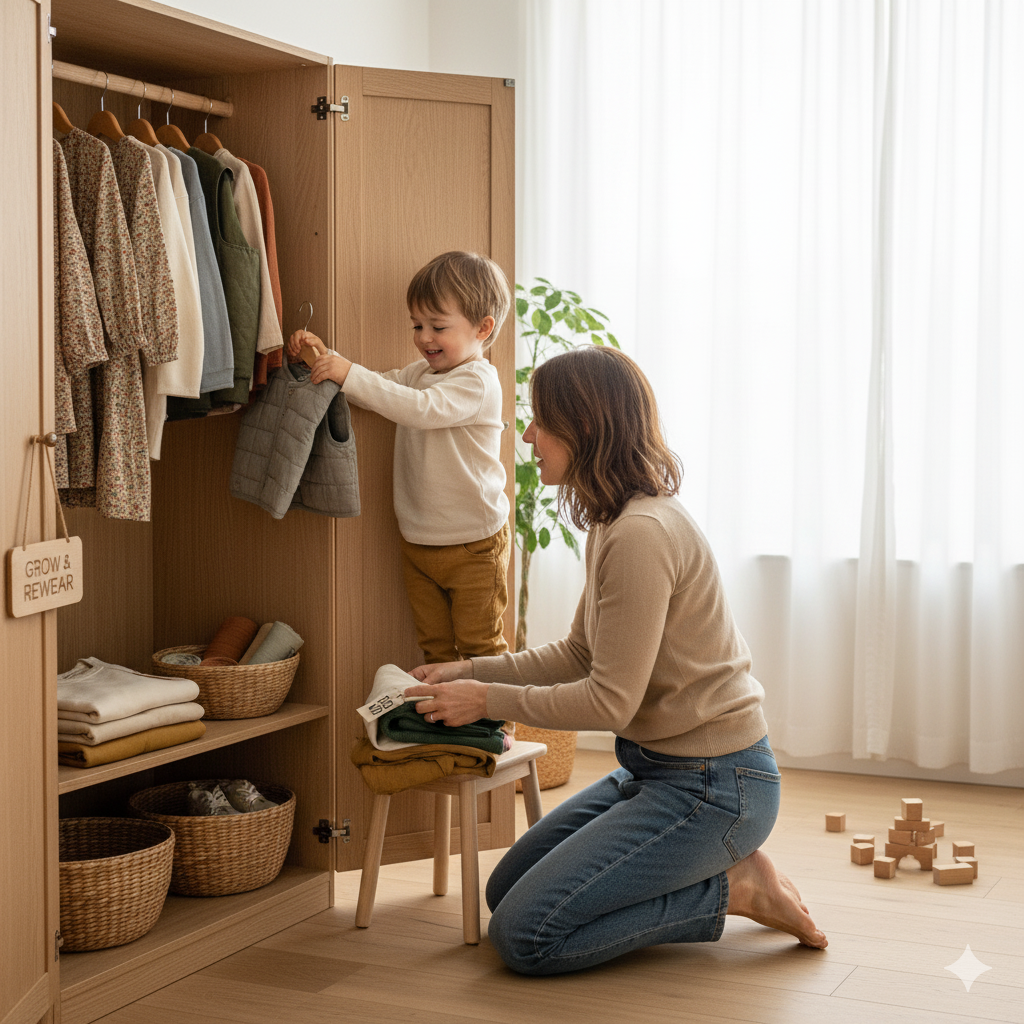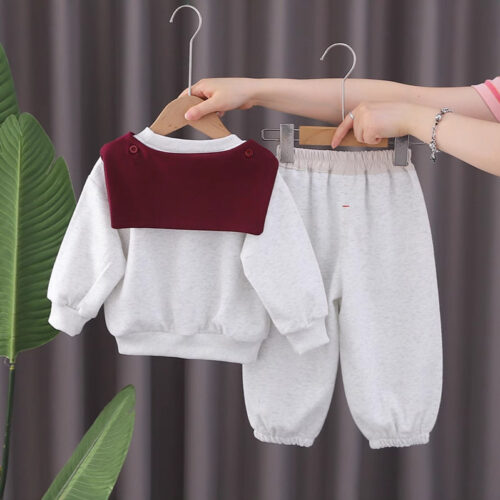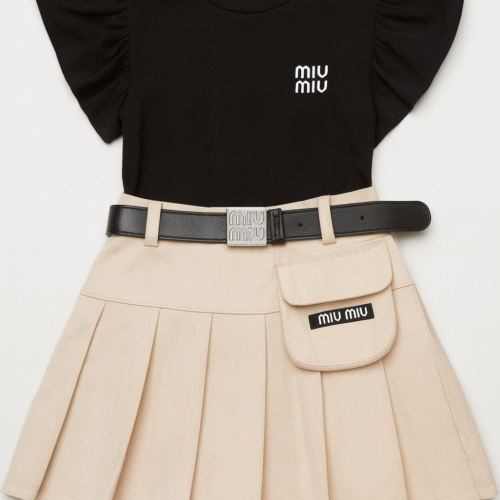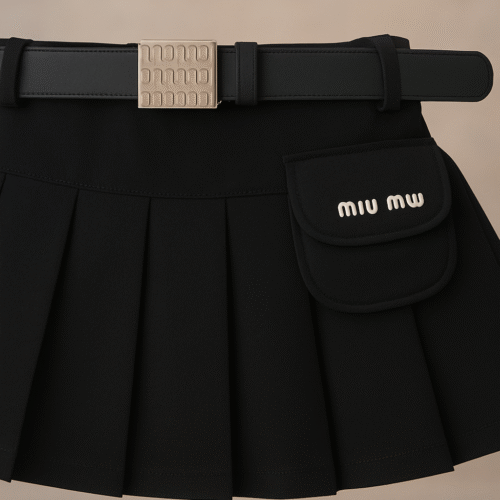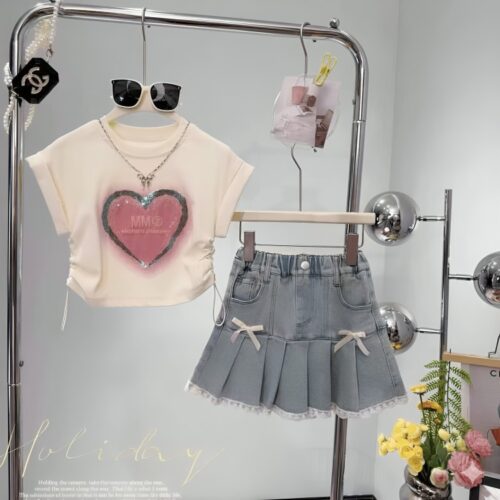Parents today face a tough spot. Fast fashion floods stores with cheap kids’ clothes that wear out quick. But more moms and dads worry about what hides in those fabrics—the chemicals, the waste, and the workers behind it all. Sustainable kidswear steps in as the smart pick. It lasts longer, keeps kids safe, and helps the planet. This guide shows why eco-friendly children’s clothing tops lists for savvy families.
The Hidden Costs of Conventional Kidswear: Why Parents Are Concerned
You buy a stack of outfits for your little one, only to toss them months later. That’s the cycle of regular kids’ clothes. Parents see the real price now: harm to health, the earth, and fair work. Let’s break it down.
Toxic Exposure: The Health Imperative
Kids’ skin soaks up stuff fast. Non-organic textiles often hold chemicals like formaldehyde and azo dyes. These can cause rashes or worse over time.
Formaldehyde keeps clothes wrinkle-free but irritates sensitive skin. Azo dyes add bright colors yet release toxins when they break down. Studies show these link to allergies in young children.
Look for OEKO-TEX Standard 100 certification. It tests fabrics for over 1,000 harmful substances. Parents choose this to shield their kids from daily risks.
Environmental Footprint: Water Usage and Pollution
Growing cotton for clothes guzzles water. One T-shirt needs about 700 gallons. That’s enough for a person to drink for years.
Dyeing processes dump chemicals into rivers. The fashion world creates 92 million tons of waste each year, per UN reports. Much of it ends up in landfills, where it takes ages to break down.
Parents feel this hit home. They want clothes that don’t trash the planet their kids will inherit. Sustainable options cut that load big time.
Ethical Dilemmas: Labor Practices in Global Supply Chains
Who makes your child’s shirt? Many brands hide factory details. Workers in some places face low pay and long hours.
Kids’ clothes often come from spots with weak rules. Reports from groups like Human Rights Watch point to child labor in parts of the supply chain. Parents demand better.
Transparency matters. Brands that share factory info build trust. Ethical fashion for kids means fair treatment for all involved.
Defining Sustainable Kidswear: More Than Just Organic Cotton
Sustainable kidswear goes deeper than labels say “organic.” It’s about smart choices in materials, design, and use. You get clothes that work hard for your family and the earth.
Material Innovation: Beyond the Basics
Organic cotton feels soft and safe. But brands push further with TENCEL Lyocell from wood pulp. It’s breathable and uses less water in making.
Recycled polyester comes from old bottles. It cuts plastic waste and feels cozy on skin. Hemp grows quick without much water or pesticides.
These picks lower impact. They keep kids cool in heat and warm in cold. Plus, they avoid the chemical mess of old-school fabrics.
Circularity in Fashion: Rental, Resale, and Recycling Programs
Throwaway clothes hurt everyone. Circular models change that. Rent outfits for short needs, like parties.
Resale booms for quality kids’ gear. Sites like ThredUp see sustainable items sell quick. Brands like Patagonia offer take-back programs.
Recycling turns old clothes into new ones. This loop keeps stuff out of dumps. It makes eco-friendly kids clothes part of a bigger fix.
The Economic Argument: Value Over Volume
Sure, sustainable kidswear costs more at first. But think long game. You spend less overall and feel better about it.
Cost Per Wear Analysis: The Long-Term Savings
A cheap shirt might last 10 washes. At $5 each, that’s 50 cents per wear if you buy five a year. A $20 sustainable one holds up for 100 washes—20 cents each time.
Kids outgrow fast, but durable pieces hand down easy. Families report cutting clothing budgets by 30% with quality buys.
Run your own math. Track what you spend now versus smart swaps. The savings add up quick

Resale Value Retention: Maximizing Return on Investment
Not all clothes resell well. Ethical brands like Hanna Andersson or Burt’s Bees keep value high. Their organic kids clothes fetch 50-70% of original price used.
Buyers seek trusted names. Quality shines through. This turns outfits into mini investments.
Pass them to siblings or sell online. You recoup cash while spreading good habits.
Investment in Well-being: The Intangible Benefit
Money aside, peace hits different. Know your buys don’t poison skin or exploit workers. That’s worth a lot.
Kids play free from itch or worry. Parents sleep sound, proud of their choices. It’s like building a healthier home, one thread at a time.
This calm boosts family joy. Sustainable picks weave care into daily life.
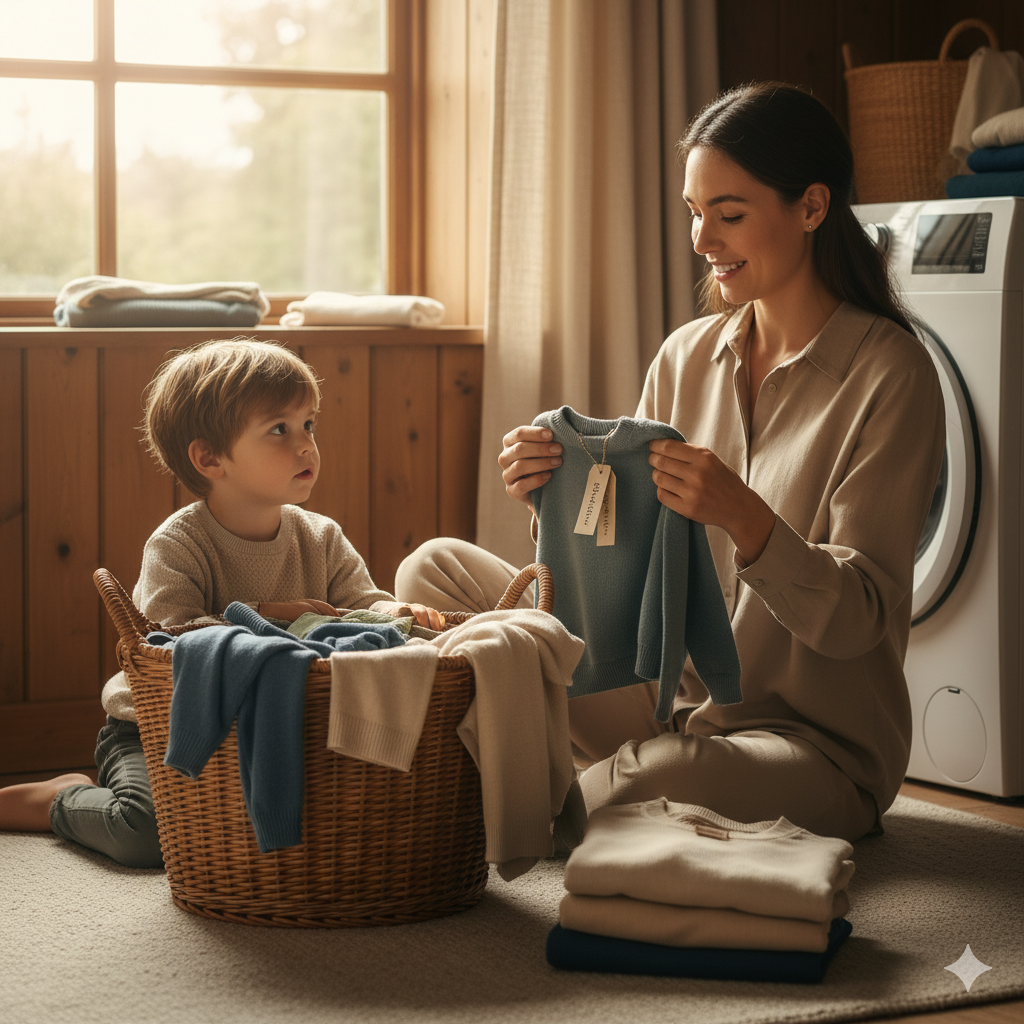
Conclusion: The Future is Woven Responsibly
Health risks, planet strain, and unfair work push parents to sustainable kidswear. It saves money through long life and resale. Plus, it brings real calm.
You hold power in choices. Pick durable, ethical children’s clothing today. Teach kids to value quality over quick buys. This builds a brighter world for them—one outfit at a time. Start your switch now; your family will thank you.


